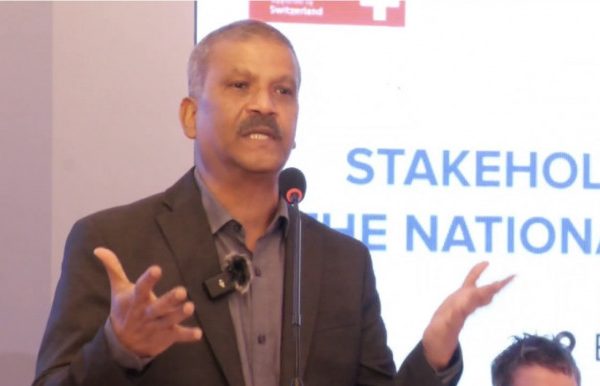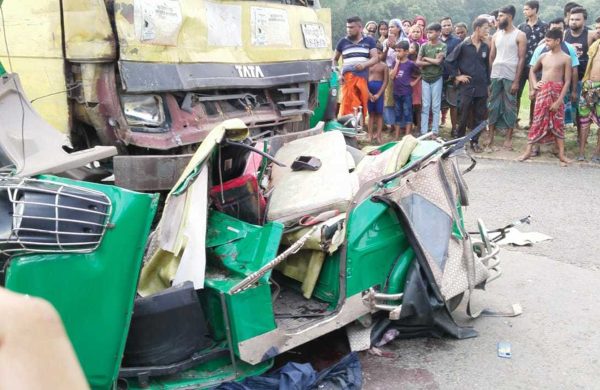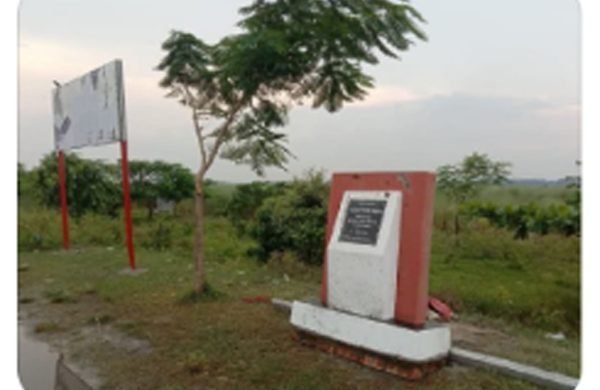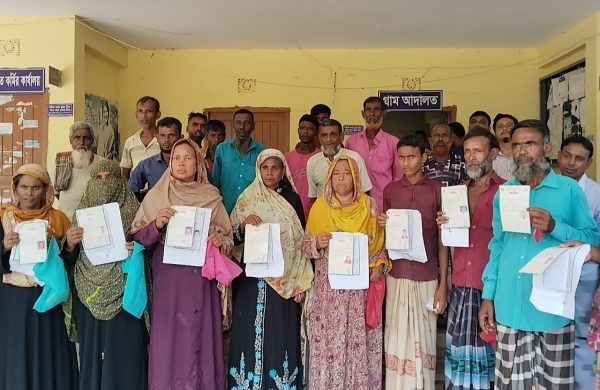Road safety: Bangladesh’s silent emergency
- Update Time : Tuesday, April 15, 2025
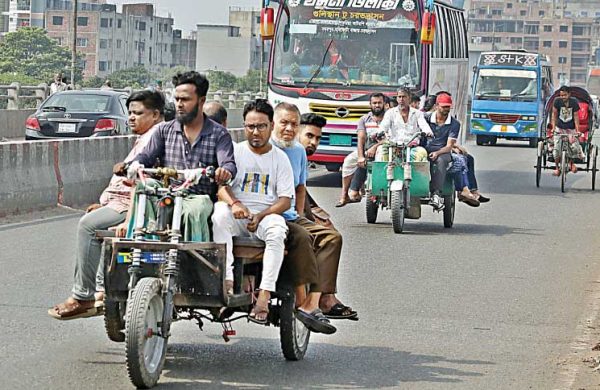
Staff Correspondent:
Undoubtedly, Bangladesh is witnessing a road safety crisis that demands urgent attention. With road crashes claiming thousands of lives annually and leaving families devastated, the situation has reached alarming proportions.
Despite being a signatory to international road safety commitments like the UN’s Decade of Action for Road Safety (2021–2030), the country has one of the highest road death rates globally.
The situation reflects systemic failures in road safety infrastructure, vehicle standards, law enforcement, and data management.
Moreover, road accidents in Bangladesh are a leading cause of death and injury, and according to the World Health Organization (WHO), nearly 31,578 people died in road crashes in 2021 alone, a staggering rate of 19 deaths per 100,000 people.
In comparison, countries like Switzerland and Japan report significantly lower rates of 2 and 3 deaths per 100,000 people, respectively. Even within the region, Bangladesh fares worse than countries like India and Malaysia, which report rates of 15 and 14 deaths per 100,000 people, respectively.
These figures illustrate a national emergency, yet the response has been inadequate.
Official reports, such as those from the Bangladesh Road Transport Authority (BRTA), often underreport these fatalities, with police figures in 2021 showing only 5,084 deaths, a grave contrast to the WHO estimate.
Road crash is preventable, and we need a safe system approach for that, said Dr Shariful Alam, Country Coordinator, Road Safety Program of the Global Health Advocacy Incubator (GHAI).
“The safe approach philosophy is about not blaming people for mistakes, instead adopting preventive measures to reduce collateral. To implement the system, we need to consider certain aspects like controlling speed limit, ensuring wearing helmet for bike rider, using seatbelts in vehicles and ensuring safety seats for children, and preventing the driver(s) not to consume alcoholic beverages,” said Dr Alam.
Besides, certain other issues contribute to road crash like weak road infrastructure and no or less rescue mechanism after a road crash, he further said.
Several factors contribute to the persistently high road death rate in Bangladesh. Among the most pressing are:
Poor Infrastructure: Many roads, especially in rural and peri-urban areas, are in dire need of maintenance and improvement. Poorly designed and maintained roads increase the likelihood of accidents and fatalities.
WEAK LAW ENFORCEMENT: Although there are traffic laws in place, enforcement remains lax. Common violations such as speeding, drunk driving, and the failure to use seat belts and helmets are rampant, largely due to inadequate policing and penalties.
Unsafe Vehicles: A significant number of vehicles on the roads do not meet modern safety standards. This issue was underscored in the Shibchar Tragedy of November 2023, where a multi-vehicle collision resulted in numerous casualties. None of the vehicles involved met basic safety benchmarks, and the absence of timely medical intervention exacerbated the toll.
LACK OF POST-CRASH RESPONSE: Emergency services in many areas, especially remote regions, are insufficient. The “golden hour” — the critical period after an accident when timely medical intervention can save lives — often passes without intervention, further contributing to the death toll.
DATA DEFICIENCY: The absence of a centralized national database for road traffic incidents hampers the ability to make informed decisions. The inconsistent reporting of crash data from various sources, such as the police, media, and health organizations, makes it difficult to assess the scope of the issue accurately.
THE PUBLIC HEALTH AND ECONOMIC IMPACT
The road safety crisis in Bangladesh is not just a transport issue; it is a public health emergency. With over 30,000 deaths annually, road crashes are one of the leading causes of premature mortality in the country. The victims are often young, economically active individuals, resulting in long-term losses for their families and the economy.
The economic implications are shocking. Road crashes lead to increased healthcare costs, loss of productivity, and long-term social costs, particularly as many victims are in their prime working years. Furthermore, the lack of road safety disproportionately affects vulnerable groups such as pedestrians, cyclists, children, and persons with disabilities.
GAPS IN THE CURRENT LEGAL FRAMEWORK
The existing “Road Transport Act 2018” is inadequate for addressing the road safety crisis. While it focuses on regulating the transport sector, it fails to incorporate modern road safety principles, such as the Safe System Approach, which emphasizes safe infrastructure, vehicles, and road users.
“We need a road safety law to implement the risk factors. However, the law is absent in Bangladesh which is resulting in increased road crash. And if we do not have the law, we cannot implement the safe system,” said Dr Alam, the GHAI country coordinator in Bangladesh.
To align with international standards and commitments, particularly the UN’s Sustainable Development Goals (SDG 3.6 and 11.2), Bangladesh needs to adopt a comprehensive road safety law that addresses these gaps.
The existing “Road Transport Act 2018” should be replaced with a more robust framework that addresses modern road safety challenges. The new law should be based on the Safe System Approach, incorporating five core components: safe infrastructure, safe vehicles, safe road users, safe speeds, and post-crash response.
When asked about the matter, Naima Begum, assistant director of the Bangladesh Road Transport Authority (BRTA) said, “Establishing a national-level institution tasked with collecting, verifying, and disseminating road crash data is essential. This institution should ensure that data is accurate, timely, and accessible to policymakers and the public.”
She also stressed the strict enforcement of traffic laws like the mandatory use of helmets and seatbelts, strict penalties for speeding and drunk driving, and the use of child restraints in vehicles.
Additionally, authorities should be empowered to set and enforce local speed limits, remarked the BRTA official.
Road safety crisis in Bangladesh is a national emergency and requires immediate action. With over 30,000 deaths annually, the situation is not only a transport issue but also a public health and economic crisis.
To address this, Bangladesh must adopt a comprehensive road safety law aligned with an improved data management, and strengthening enforcement mechanisms.



